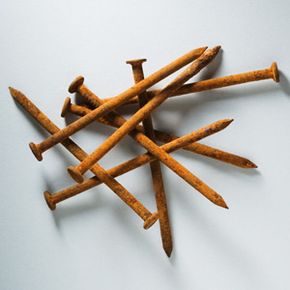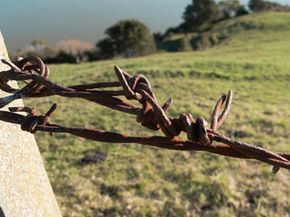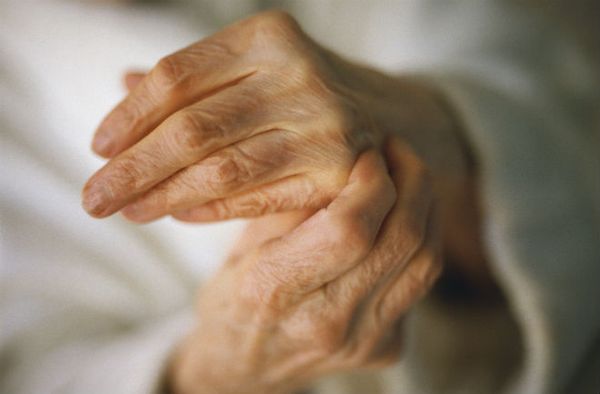Though they're indispensable to any construction project, nails are so dangerous that it's a wonder you don't need a permit to buy them at the hardware store. When trying to hammer a nail into its final destination, the risk of hammering a thumb instead is extremely high. Using a nail gun to place the nails isn't any safer; a simple Internet search will find gruesome stories of nail gun-related injuries. And even when you're safely inside your car, a nail can still spell trouble in the form of a flat tire. But to many people, there is no nail more dangerous than the fabled rusty nail. Legend has it that people who stepped on a rusty nail get tetanus.
Advertisement




